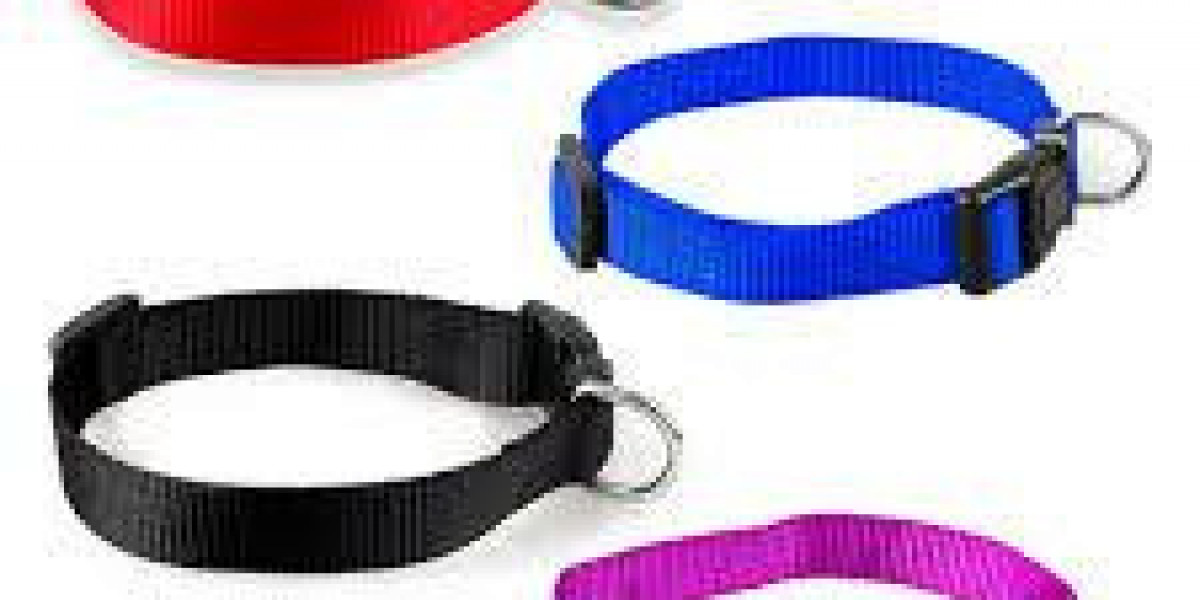Introduction
In many rural communities, awareness about parasitic diseases like scabies and filariasis remains limited, resulting in widespread infections, discomfort, and complications. These diseases are often preventable and treatable, yet a lack of health education and access to timely medical intervention continues to be a challenge.
This guide provides a complete understanding of scabies and filariasis—focusing on causes, symptoms, prevention, and effective treatment. We also highlight the role of Ivercor 12 mg Tablet, which are commonly prescribed antiparasitic medications, particularly useful in rural health campaigns.
1. What is Scabies?
Scabies is a highly contagious skin infestation caused by the Sarcoptes scabiei mite. This microscopic mite burrows into the skin, causing intense itching and a pimple-like rash. Scabies spreads through direct skin-to-skin contact and is common in areas with poor sanitation and crowded living conditions—often seen in rural communities.
Symptoms of Scabies:
Intense itching, especially at night
Rash with tiny blisters or sores
Thin, irregular burrow tracks on the skin
Sores caused by scratching, which may become infected
Common Sites of Infection:
Between the fingers
Around the wrists, elbows, and armpits
Waist, buttocks, and genitals
2. What is Filariasis?
Lymphatic Filariasis, commonly known as filariasis, is a parasitic disease caused by thread-like worms (Wuchereria bancrofti, Brugia malayi, or Brugia timori). These parasites are transmitted to humans through mosquito bites and lodge in the lymphatic system, leading to chronic swelling, tissue damage, and disability.
Symptoms of Filariasis:
Swelling of limbs (especially legs and arms)
Thickening of the skin (elephantiasis)
Genital swelling
Fever and fatigue
In later stages, permanent disability may occur
Affected Areas in Rural Settings:
Filariasis is prevalent in tropical and subtropical regions, particularly in Southeast Asia, Africa, and some rural regions in India. In rural areas with stagnant water and poor mosquito control, the risk of infection is high.
3. Causes and Transmission
Scabies:
Direct contact with an infected person
Sharing clothing, bedding, or towels
Lack of personal hygiene
Filariasis:
Repeated mosquito bites from infected mosquitoes
Living in or near waterlogged or swampy areas
Poor mosquito control and sanitation
4. Diagnosis of Scabies and Filariasis
Scabies:
Clinical observation of rash and burrows
Skin scrapings to detect mites or eggs under a microscope
Filariasis:
Blood test to detect microfilariae
Ultrasound to detect adult worms in lymphatic vessels
Antigen detection tests
Early diagnosis is essential in both diseases to prevent complications and stop further transmission within the community.
5. Treatment Options: Spotlight on Ivercor 12 mg Tablet and Ivercor 6 mg
One of the most effective treatments for both scabies and filariasis is ivermectin, a powerful antiparasitic medication. In many rural health initiatives, Ivercor 12 mg Tablet and Ivercor 6 mg are frontline options.
Ivercor 12 mg Tablet:
Ivercor 12 mg is a higher-dose ivermectin tablet, suitable for treating moderate to severe infections of scabies or filariasis. It is especially useful for adults or when mass drug administration (MDA) is required in community outbreaks.
Benefits:
Single-dose treatment for many parasitic infections
Fast-acting and highly effective
Easy to administer during community health campaigns
Used in mass distribution programs endorsed by WHO
Ivercor 6 mg:
Ivercor 6 mg is a lower-dose version ideal for children or people with mild infections. It’s often prescribed in cases where body weight or medical history calls for a more cautious approach.
Use in Scabies:
Ivercor 6 mg is typically taken as a single dose, repeated after 7 days if needed
Used in combination with topical treatments like permethrin
Use in Filariasis:
May be used as part of combination therapy with albendazole or diethylcarbamazine (DEC)
Helps eliminate microfilariae from the bloodstream
6. How to Take Ivercor (Dosage Guidelines)
The dosage of Ivercor 12 mg Tablet or Ivercor 6 mg depends on body weight and the specific infection. Always follow your healthcare provider’s instructions.
General Guidelines:
| Weight | Suggested Ivercor Dosage |
|---|---|
| <30 kg | Usually Ivercor 6 mg or less |
| 30–60 kg | One Ivercor 12 mg Tablet |
| >60 kg | One or two Ivercor 12 mg Tablets depending on severity |
Take the tablet on an empty stomach with water
Avoid food for at least 2 hours after taking
Repeat doses may be needed for severe infections
7. Prevention and Community Education
Scabies Prevention in Rural Areas:
Encourage regular bathing and hygiene practices
Wash clothes, bed linens, and towels in hot water
Avoid sharing personal items
Treat all household members simultaneously in outbreak cases
Filariasis Prevention in Rural Areas:
Use mosquito nets, repellents, and insecticides
Eliminate standing water sources near homes
Participate in government-run MDA campaigns using Ivercor 12 mg Tablet or Ivercor 6 mg
Educate people on recognizing early symptoms
Community-based health education is the most powerful tool. Using local languages, radio, schools, and community centers to spread awareness can significantly reduce new cases.
8. Side Effects and Precautions
Ivercor 12 mg and Ivercor 6 mg Side Effects:
Most people tolerate ivermectin well. However, some mild side effects may occur:
Nausea or upset stomach
Headache or dizziness
Itching or rash (as part of the die-off reaction)
Joint or muscle pain
In rare cases, more severe reactions can happen, especially when treating filariasis due to the body’s reaction to dying parasites.
Precautions:
Not recommended for pregnant or breastfeeding women unless advised by a doctor
Not suitable for children under 15 kg unless directed by a pediatrician
Always consult a healthcare professional before starting treatment
9. Government and NGO Programs
Many countries have adopted mass drug administration (MDA) strategies to combat filariasis and scabies in rural areas. These programs distribute Ivercor 6 mg at no cost to affected populations.
Examples of Interventions:
India’s National Filaria Control Programme (NFCP) distributes ivermectin to endemic areas
WHO recommends annual MDA with ivermectin and albendazole for filariasis-endemic regions
NGOs often provide free scabies treatment and hygiene kits in rural schools
10. Real-Life Success Stories
Village Transformation Through Awareness:
In rural Bihar, India, a coordinated effort by local health workers and NGOs led to the near-eradication of scabies in a cluster of villages. Armed with Ivercor 6 mg and hygiene education, infection rates dropped from 40% to under 5% within six months.
Filariasis Control in Southeast Asia:
A joint government initiative using Ivercor 12 mg Tablet as part of a mass drug campaign in Indonesia reduced new cases of lymphatic filariasis by over 70% in three years. Education and consistent medication were the keys to success.
Conclusion
Scabies and filariasis continue to affect millions in rural communities across the world, but these diseases are preventable and treatable. Awareness, education, and timely treatment with reliable medications like Ivercor 12 mg Tablet and Ivercor 6 mg can transform community health.
It’s time to break the stigma, educate every household, and make treatments accessible. Whether you're a local health worker, teacher, or village elder, you can make a difference in promoting better hygiene, identifying symptoms early, and encouraging proper treatment. Together, we can eliminate these diseases one village at a time.
FAQs
Q1: Can Ivercor be used for children?
Yes, Ivercor 6 mg is suitable for children over 15 kg. Always consult a doctor for correct dosage.
Q2: Can Ivercor be used for both scabies and filariasis?
Yes, Ivercor 12 mg Tablet and Ivercor 6 mg are both effective for treating scabies and filariasis, depending on the dose required.
Q3: Is one dose enough to treat scabies?
Usually, a second dose after 7 days is needed to ensure complete elimination of mites and eggs.
Q4: Where can I get Ivercor tablets in rural areas?
Ivercor is often distributed through health camps, NGOs, or can be purchased at local pharmacies with a prescription.






